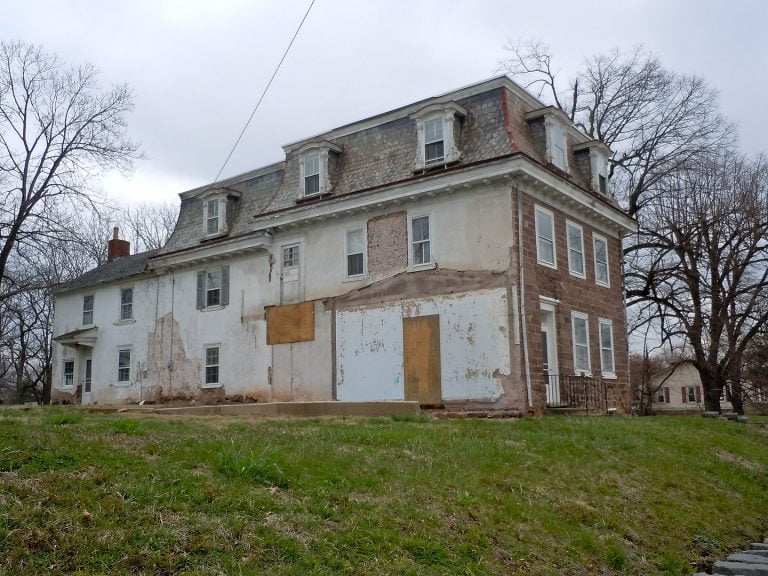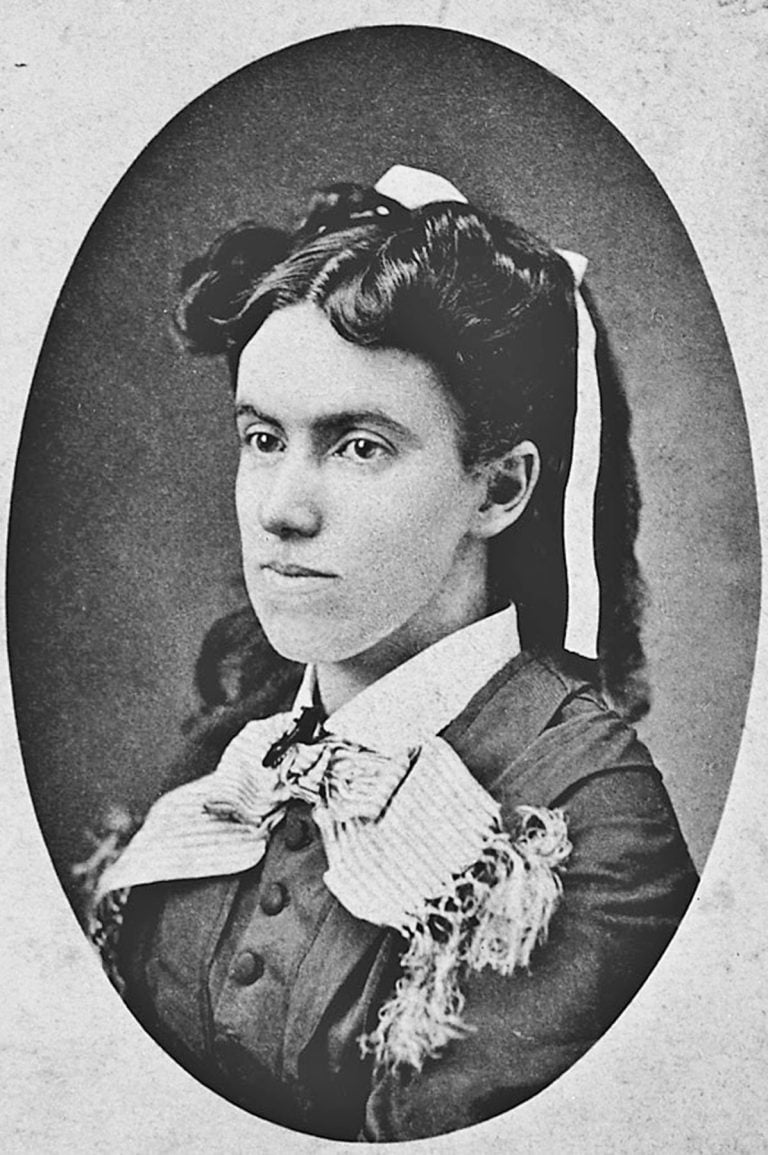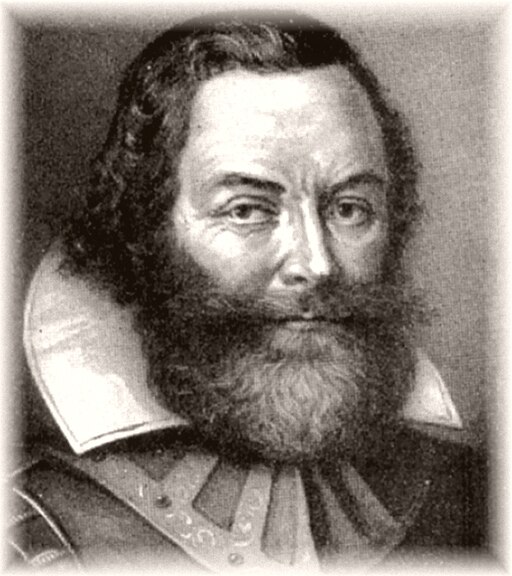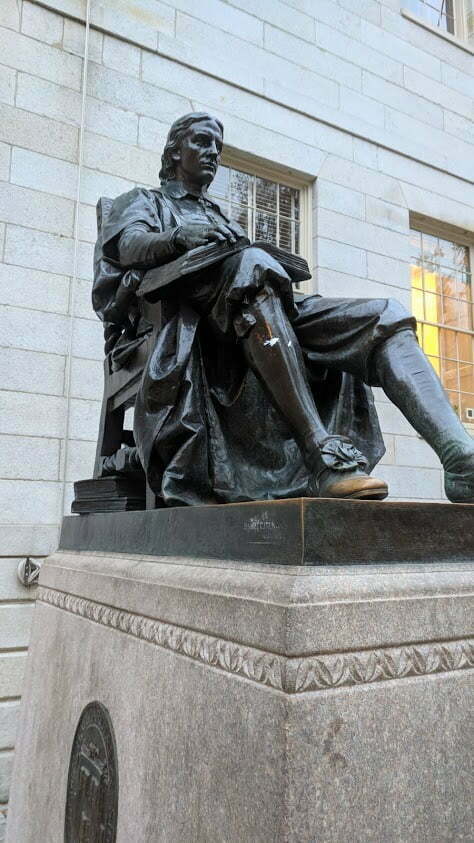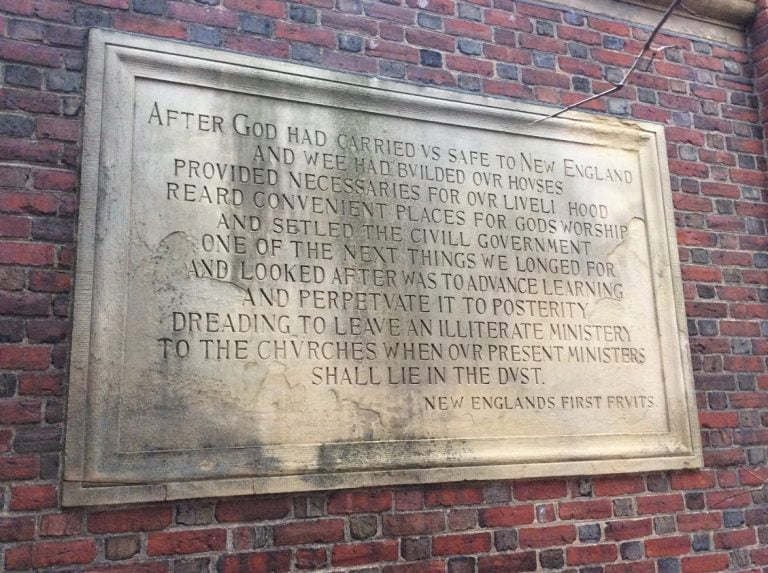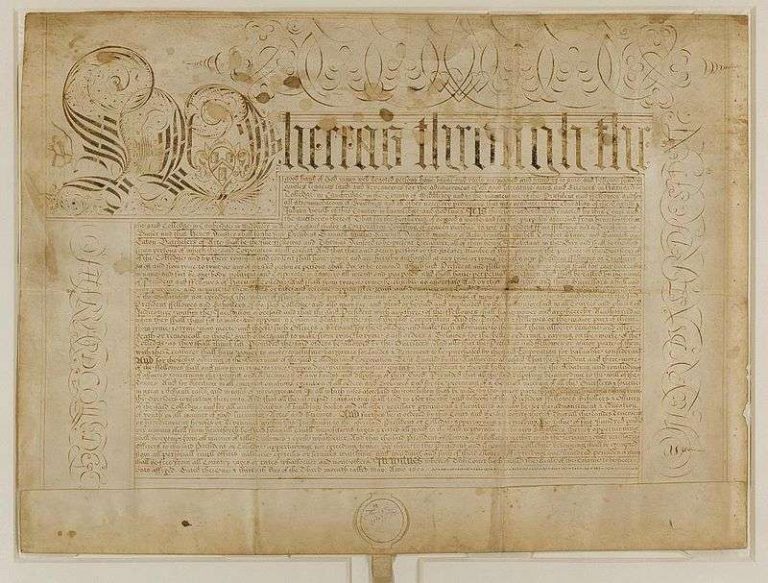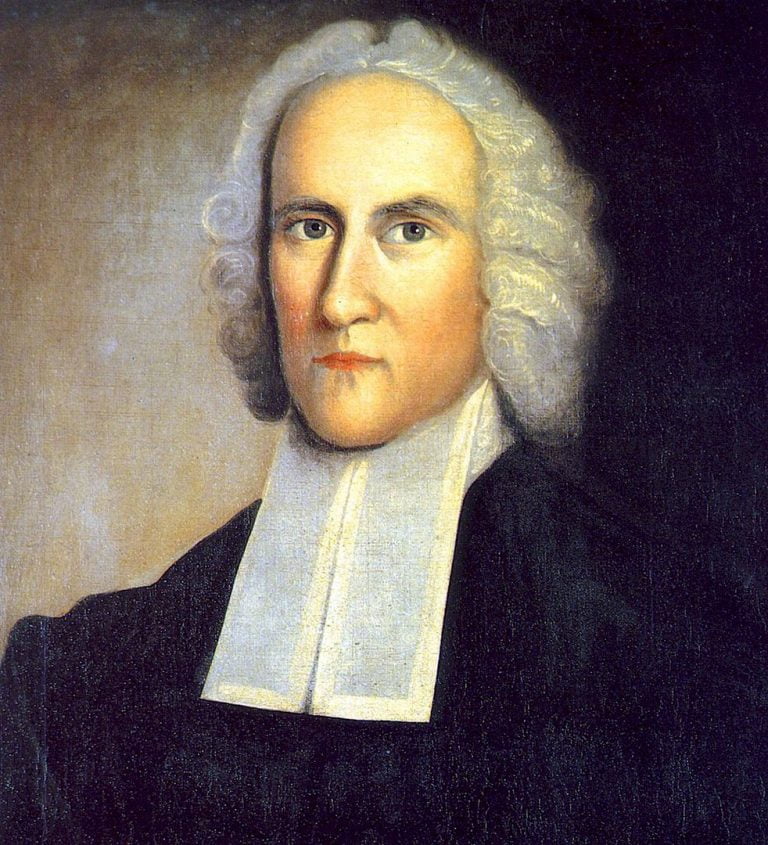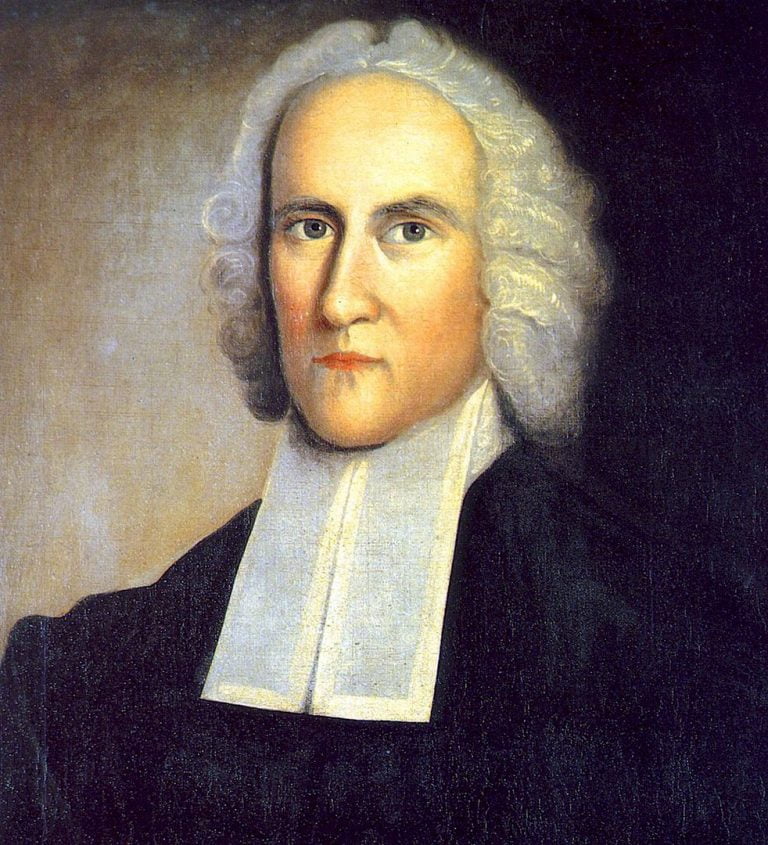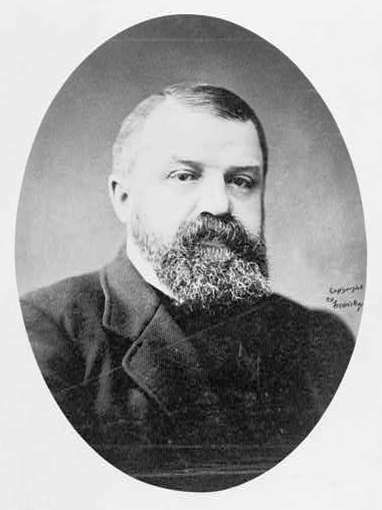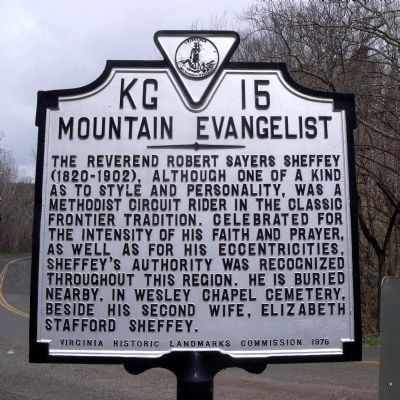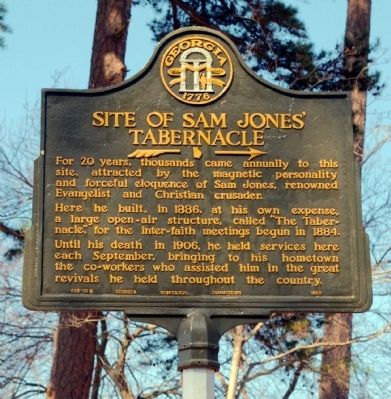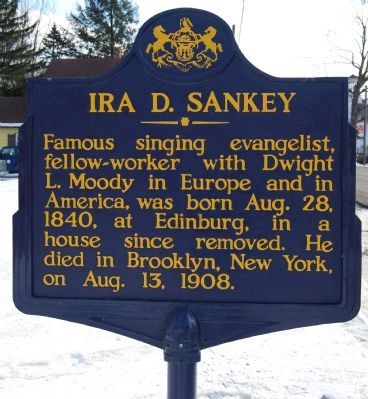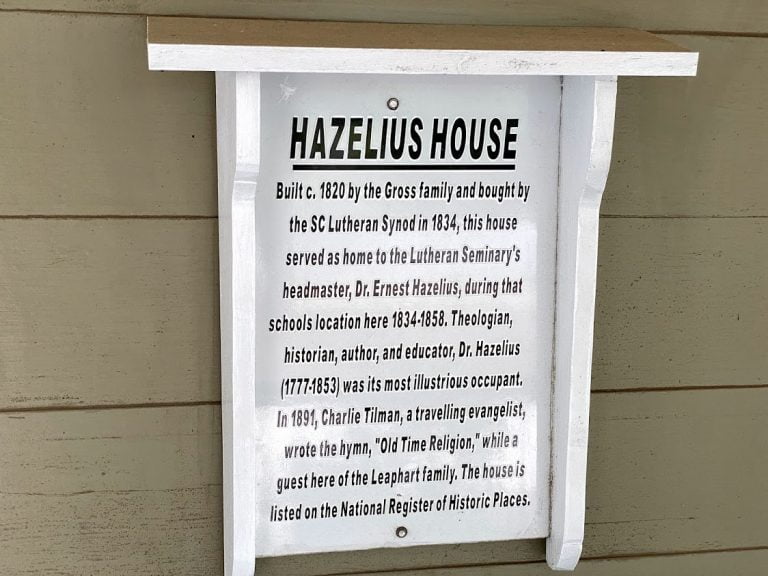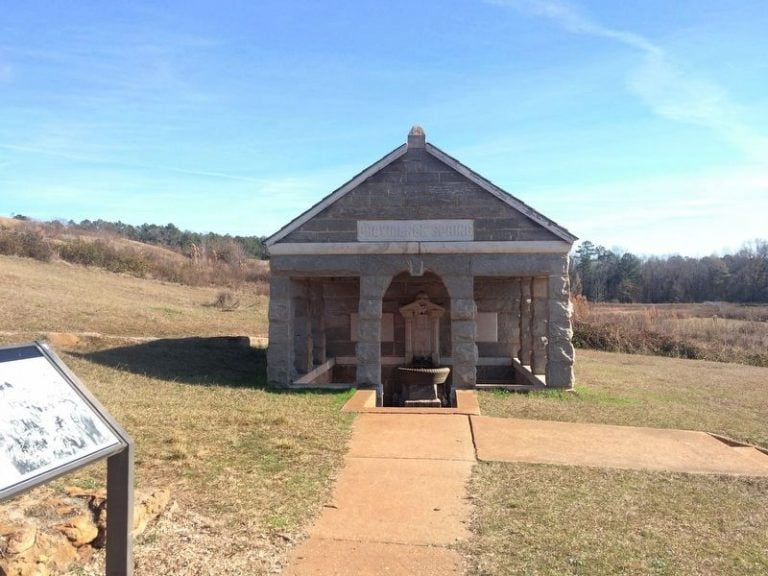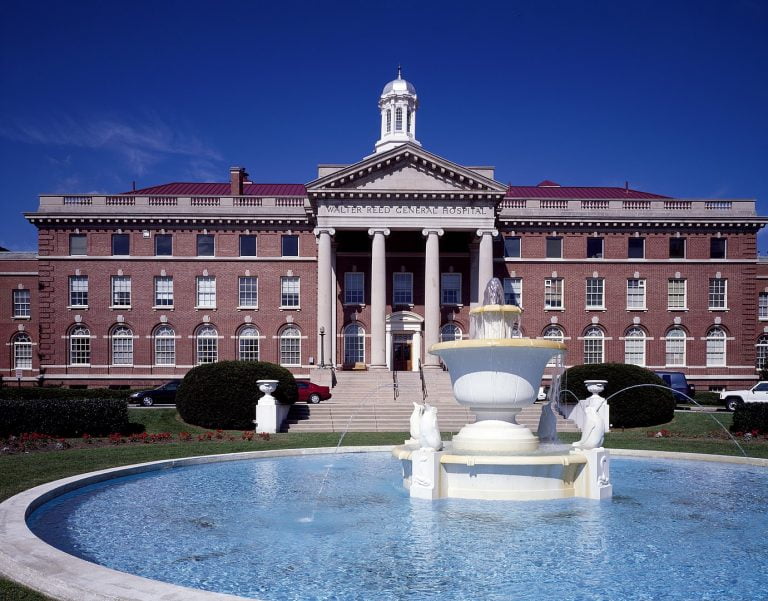Favorite
Frederick Muhlenberg, son of the “father of the Lutheran Church in North America,” Rev. Henry Melchior Muhlenberg, was a pastor from 1770-1779. Following a pastorate in Pennsylvania, he served in the Continental Congress, the Pennsylvania House of Representatives, the US House of Representatives, and was the first Speaker of the House. From 1781-1791, Muhlenberg lived here, now known Read more...
Favorite
Sacred to the memory of Frederick Augustus Muhlenberg who was born on the 1st day of January, 1750 and departed this life on the 4th day of June, 1801 Aged 51 years, 5 months and 5 days —————————— Lutheran Pastor in Colonial America Continental Congress 1779-80, Pennsylvania Assembly 1781-84 United States Congress 1789-1797 First Speaker – House of Representatives Read more...
Favorite
Hymn History: Bringing in the Sheaves & Author: Knowles Shaw “His nickname was ‘The Singing Evangelist.’” (Graham McKay) The Origin of the Hymn “Bringing in the Sheaves” Few hymns capture the spirit of Christian labor and joyful harvest quite like “Bringing in the Sheaves.” Its simple, earnest call to sow in faith and reap in joy has encouraged countless Read more...
Favorite
From Wikipedia: Charlotte Digges “Lottie” Moon (December 12, 1840 – December 24, 1912) was a Southern Baptist missionary to China with the Foreign Mission Board who spent nearly 40 years (1873–1912) living and working in China. As a teacher and evangelist she laid a foundation for traditionally solid support for missions among Southern Baptists, especially through its Woman’s Missionary Union. Featured Image Credit: Public domain, via Read more...
Favorite
The colony was in danger. As Robert Morgan said in 100 Bible Verses that Made America, After Hunt’s death, Jamestown again deteriorated into chaos, splintered by weak leadership and laziness. Many settlers refused manual labor. They had come to dig for gold, but had no intention of digging for crops. Captain John Smith responded: Countrymen, the long experience of our Read more...
Favorite
Who is John Harvard? “After God had carried us safely to New England, and we had builded our houses, provided necessaries for our livelihood, reared convenient places for God’s worship, and settled the city government; one of the next things we longed for and looked after was to advance learning and perpetuate it to posterity; dreading to leave an illiterate Read more...
Favorite
From Wikipedia New England’s First Fruits was a book published in London in 1643 about the early evangelization efforts by the Puritans in colonial New England in defense of criticisms from England that little evangelism was being pursued in New England.[1][2] It was the first publication to mention Harvard College.[3] Read the book online From the inscription (spelling modernized) “After God had carried us safely Read more...
Favorite
Whereas through the good hand of God many well devoted persons have been and daily are moved and stirred up to give and bestow sundry gifts legacies lands and revenues for the advancement of all good literature arts and sciences in Harvard College in Cambridge in the County of Middlesex and to the maintenance of the President and Fellows and for Read more...
Favorite
The mission of the Jonathan Edwards Center is to support inquiry into the life, writings, and legacy of Jonathan Edwards by providing resources that encourage critical appraisal of the historical importance and contemporary relevance of America’s premier theologian. The primary way that we do this is with the Works of Jonathan Edwards Online, a digital learning environment for research, education and Read more...
Favorite
First American theologian and philosopher. Born in 1703, son of Timothy Edwards. He graduated from Yale at age 17, was pastor in Bolton, tutor at Yale, missionary at Stockbridge, and in 1758 became pres. of Princeton University where he died. His grandson, Aaron Burr, became 3rd vice president of U. S. Featured Image Credit: Photo: Birthplace of Jonathan Edwards Read more...
Favorite
Join Randy as we go on location to Princeton Cemetery, just outside of Princeton University, to the grave of America’s founding pastors. We’ll see the tomb of Aaron Burr, the graves of Jonathan Edwards (Sinners in the Hands of an Angry God), Samuel Davies (see Polegreen), and John Witherspoon. From Christian Hall of Fame: American theologian and philosopher, Jonathan Edwards, Read more...
Favorite
From December 31, 1862, to January 2, 1863, almost 3,000 soldiers were killed, and over 15,000 were wounded in the Battle of Stones River near Murfreesboro, Tennessee. Union troops under Major General William Rosecrans faced off against Confederate General Braxton Bragg‘s men. During a battle, local homes would be impressed into service, often times as hospitals. Up the road from Read more...
Favorite
Inscription The Reverend Robert Sayers Sheffey (1820-1902), although one of a kind as to style and personality, was a Methodist Circuit Rider in the classic frontier tradition. Celebrated for the intensity of his faith and prayer, as well as for his eccentricities, Sheffey’s authority was recognized throughout this region. He is buried nearby, in Wesley Chapel Cemetery, beside his second Read more...
Favorite
“I am sorry for the preacher that has got so low down in his theology that he is trying to establish the fact that there is no hell. I know of men trying to establish the fact that there is no hell. A gentleman said to me a few days ago that the fact was nearly established. I said to Read more...
Favorite
Inscription: Famous singing evangelist, fellow-worker with Dwight L. Moody in Europe and in America, was born August 28, 1840, at Edinburg, in a house since removed. He died in Brooklyn, New York, on August 13, 1908. Featured Image Credit: Photo: Ira D. Sankey Marker. www.hmdb.org/PhotoFullSize.asp?PhotoID=144313. Read more...
Favorite
When planning a shoot for our TV/ program, we try to group geographically proximate locations together. It so happened that while planning an interview with the son of Singspiration founder Al Smith, nearby we found a documented site tied to the old spiritual, “The Old Time Religion.” In 1834, the South Carolina Lutheran Synod purchased this building and started a Read more...
Favorite
Inscription: Near this spot was the boyhood home of Rev. Bob Jones, (1884-1968), D.D., L.L.D., internationally known evangelist and founder of Bob Jones University. The eleventh child of W. Alexander and Georgia Creel Jones, he was three months old when the family moved to Brannon Stand in 1884, where he lived until his father’s death in 1900. Four years after Read more...
Favorite
Numbers 20:11 And Moses lifted up his hand, and with his rod he smote the rock twice: and the water came out abundantly, and the congregation drank, and their beasts also. In late 1863, the Confederate States of America needed a place to hold Union prisoners of war. Though the Confederates would not win the war, they had captured over Read more...
Favorite
General Sickles: Well, Mr. President, I beg pardon, but what did you think about Gettysburg? What was your opinion of things while we were campaigning and fighting up there?” “O,” replied Mr. Lincoln. “I didn’t think much about it. I was not much concerned about you!” “You were not?” rejoined Sickles, as if amazed. “Why, we heard that you Washington Read more...
Favorite
Years down the road, Graham met with Eisenhower at Walter Reed Hospital a few months before the president passed away. Graham recalls the conversation in his autobiography, “Just As I Am”: “As my scheduled twenty minutes with him extended to thirty, he asked the doctor and nurses to leave us. Propped up on pillows amidst intravenous tubes, he took my Read more...
